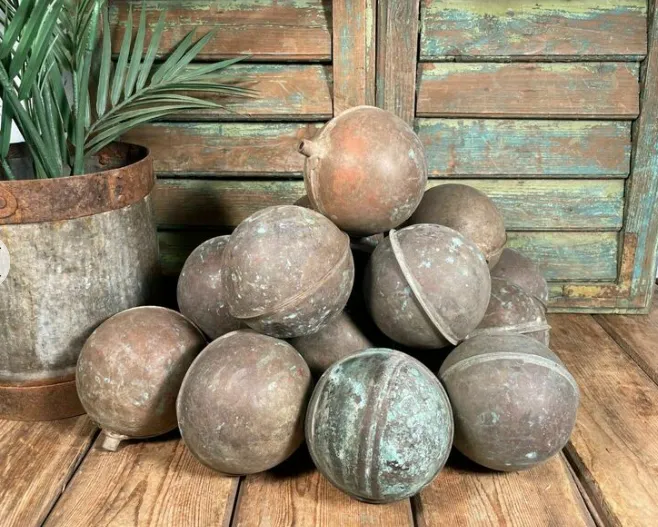Choosing the Best Ball Float Material for Durability and Performance
Selecting the right ball float material is crucial for ensuring the efficient and reliable operation of various systems. A ball float is an integral component used in multiple applications, from controlling water levels in tanks to managing the flow of liquids in industrial settings.
Their performance and longevity largely depend on the material from which they are made. In this blog post, we’ll explore the key materials used for ball floats and how to choose the best one for your specific needs.
Plastic
Types: Polyethylene (PE), Polypropylene (PP), and Polyvinyl Chloride (PVC)
Pros:
- Cost-Effective: Plastic ball floats are often less expensive than their metal counterparts, making them an attractive option for budget-conscious projects.
- Corrosion Resistance: Plastics are inherently resistant to corrosion and rust, which is advantageous in environments where the ball float is exposed to water and other corrosive substances.
- Lightweight: Plastics are generally lighter than metals, which can benefit applications where weight reduction is important.
Cons:
- Temperature Sensitivity: Plastic floats may not perform well in high-temperature environments as they can deform or degrade over time.
- Durability Issues: While resistant to corrosion, plastic floats may not be as durable as metals when exposed to physical stress or impacts.
Best Use: Plastic ball floats are ideal for residential water tanks and low-pressure applications where cost and corrosion resistance are primary concerns.
Stainless Steel
Types: 304 and 316 stainless steel
Pros:
- High Strength: Stainless steel ball floats offer superior strength and durability, making them suitable for high-pressure and heavy-duty applications.
- Corrosion Resistance: Stainless steel, particularly the 316 grade, provides excellent resistance to corrosion and rust, even in harsh environments like seawater.
- Temperature Tolerance: These floats can withstand a wide range of temperatures, making them versatile for various industrial applications.
Cons:
- Cost: Stainless steel floats are more expensive than plastic or other materials.
- Weight: The higher density of stainless steel means these floats are heavier, which might not be suitable for all applications.
Best Use: Stainless steel ball floats are best for industrial applications, high-pressure systems, and environments where corrosion resistance and durability are critical.
Brass
Pros:
- Durability: Brass is a strong and durable material that can withstand moderate impacts and stress.
- Corrosion Resistance: While not as resistant as stainless steel, brass does offer good resistance to corrosion, especially in freshwater environments.
- Ease of Machining: Brass can be easily machined into various shapes and sizes, offering flexibility in design.
Cons:
- Cost: Brass can be more expensive than plastic but generally less so than stainless steel.
- Not Suitable for All Environments: Brass may corrode in highly acidic or alkaline environments, limiting its use in certain applications.
Best Use: Brass ball floats are suitable for moderate-duty applications in environments where corrosion resistance and strength are needed, but extreme conditions are not a concern.
Foam and Rubber
Pros:
- Buoyancy: Foam and rubber materials are highly buoyant, making them effective in applications requiring excellent floating capabilities.
- Flexibility: These materials can be molded into various shapes, providing versatility for different designs.
Cons:
- Durability: Foam and rubber may degrade over time due to exposure to UV light, chemicals, or extreme temperatures.
- Limited Applications: These materials are generally used in specialized applications and may not be suitable for high-pressure or industrial environments.
Best Use: Foam and rubber ball floats are often used in specialized applications like floatation aids or low-pressure systems where high buoyancy and flexibility are required.
Conclusion
Selecting the best ball float material involves considering the specific requirements of your application, including environmental conditions, pressure levels, and budget. Plastic floats are ideal for cost-effective, corrosion-resistant applications in residential settings. Stainless steel is best for high-pressure and industrial environments requiring maximum durability and temperature tolerance. Brass offers a middle ground with good durability and corrosion resistance for moderate-duty applications, while foam and rubber are suited for specialized uses with unique buoyancy needs.







